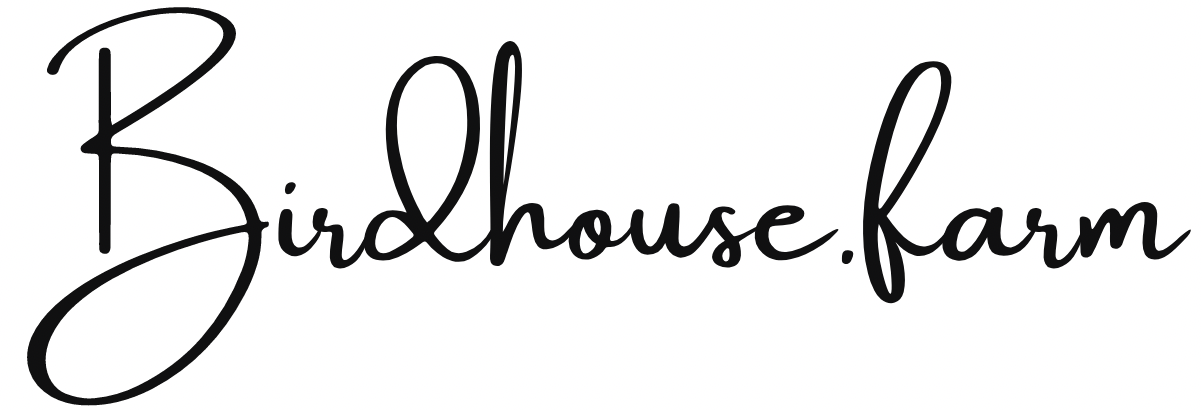How to Build a Simple Pollinator House for Your Backyard
Creating a pollinator house is a fun and easy way to support local pollinators like bees, butterflies, and beetles. These homes provide essential nesting sites and shelter, helping to increase biodiversity in your garden. Here’s a step-by-step guide to building your own pollinator house:
Materials Needed:
Wooden board or old fence panels
Bamboo canes or wooden dowels (for bee nesting tubes)
Drill with a drill bit (to create holes for nesting tubes)
Saw (if you need to cut wood to size)
Wire or twine (to hang or secure the house)
Screws or nails
Sandpaper (for smoothing rough edges)
Paint or wood sealant (optional, for protection)
Instructions:
Choose Your Design
Decide on the size and shape of your pollinator house. A simple design could be a rectangular box with nesting tubes, or you can get creative with different shapes. For beginners, a basic wooden box is an easy option.
Prepare the Wood
Cut your wooden board or old fence panel to the desired size for the back and sides of your pollinator house. A typical size could be 12 inches wide, 12 inches tall, and 4-6 inches deep. Sand the edges to remove any splinters or rough spots.
Assemble the Frame
Attach the sides to the back piece of wood using screws or nails. Make sure the joints are secure and the frame is sturdy. You can also add a roof to keep the nesting tubes dry, but this is optional.
Prepare the Nesting Tubes
If using bamboo canes, cut them to fit inside the frame. Each tube should be around 4-6 inches long. If using wooden dowels, drill holes into the dowels to create nesting tubes. The holes should be 1/8 to 3/8 inch in diameter and about 4 inches deep.
Install the Nesting Tubes
Place the bamboo canes or drilled wooden dowels into the frame. Arrange them closely together but not too tight—leaving a small gap ensures each tube is accessible. Secure them in place using additional screws or nails if necessary.
Add Ventilation and Space
Ensure there is some space around the nesting tubes for ventilation. Pollinators need a dry, well-ventilated environment to stay healthy.
Finish and Protect
If desired, paint or seal the wood to protect it from the elements. Use non-toxic, eco-friendly paint or sealant to avoid harming the pollinators. Let the house dry completely before placing it outside.
Mount the Pollinator House
Choose a location to hang or mount your pollinator house. It should be placed in a sunny spot, ideally sheltered from strong winds and rain. Mount it at least 3-5 feet off the ground to make it accessible for pollinators. You can use wire or twine to hang it from a tree branch, or attach it to a post or wall.
Maintain and Monitor
Check your pollinator house periodically to ensure it remains in good condition. Clean out old nesting tubes and replace them as needed to prevent mold and pests.
By following these simple steps, you’ll provide a valuable resource for local pollinators and contribute to a healthier ecosystem in your backyard. Enjoy watching as these essential creatures make use of their new home and help keep your garden flourishing!
